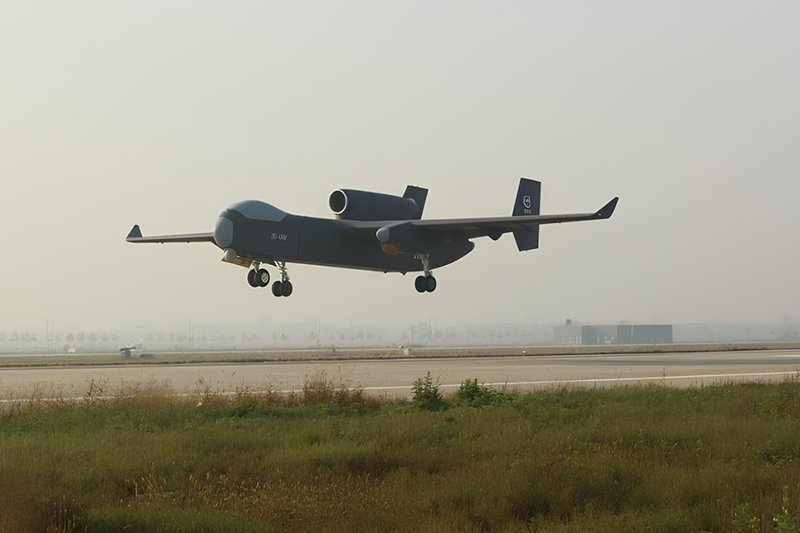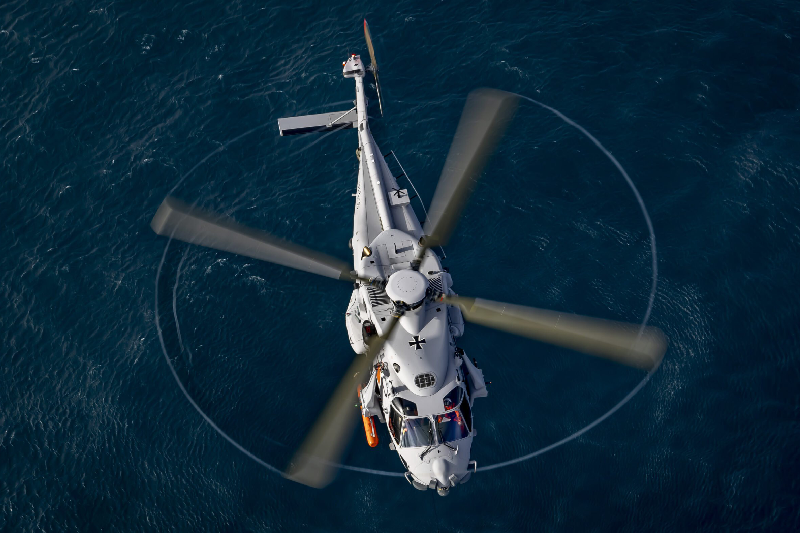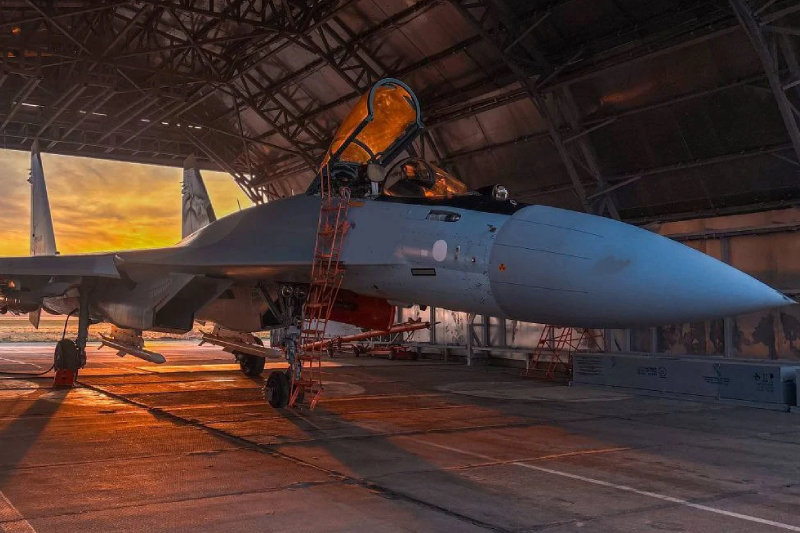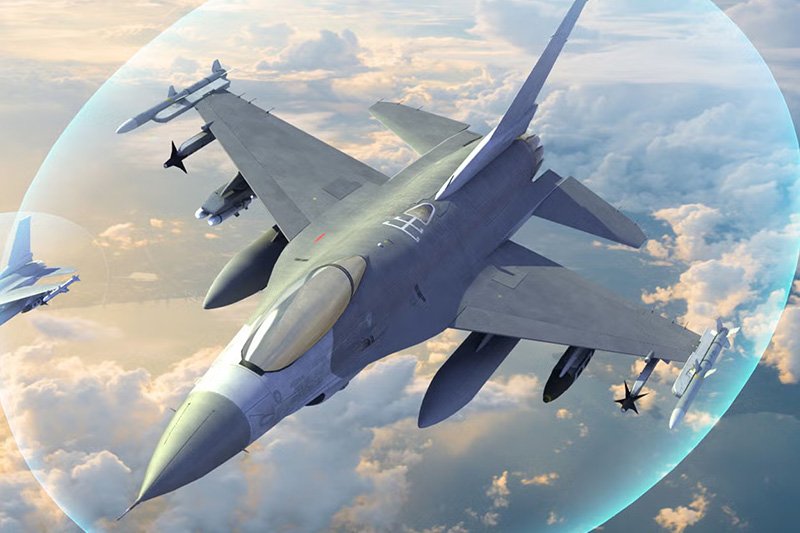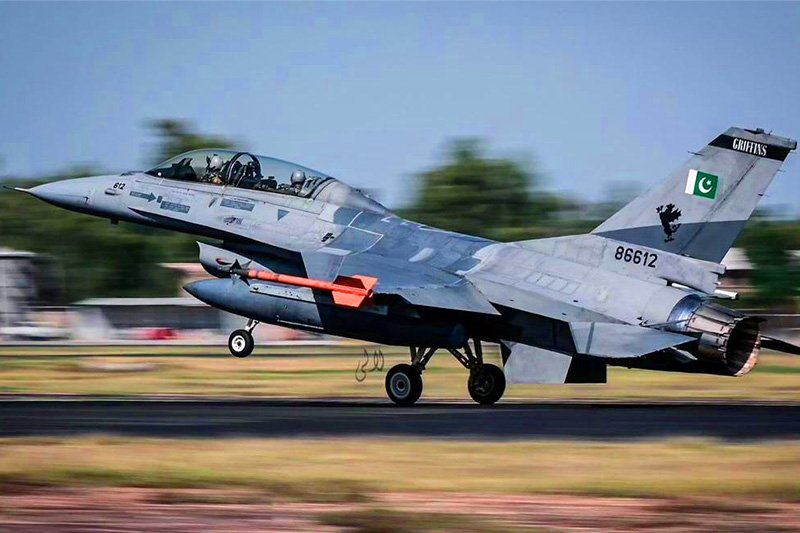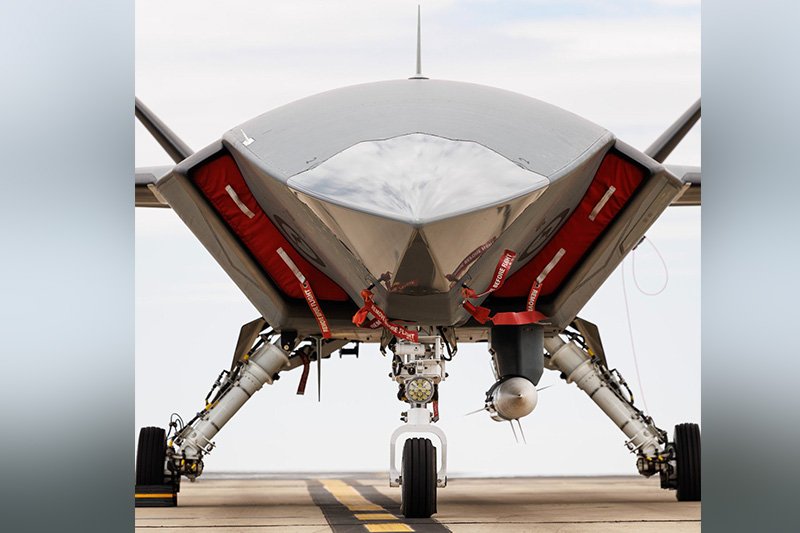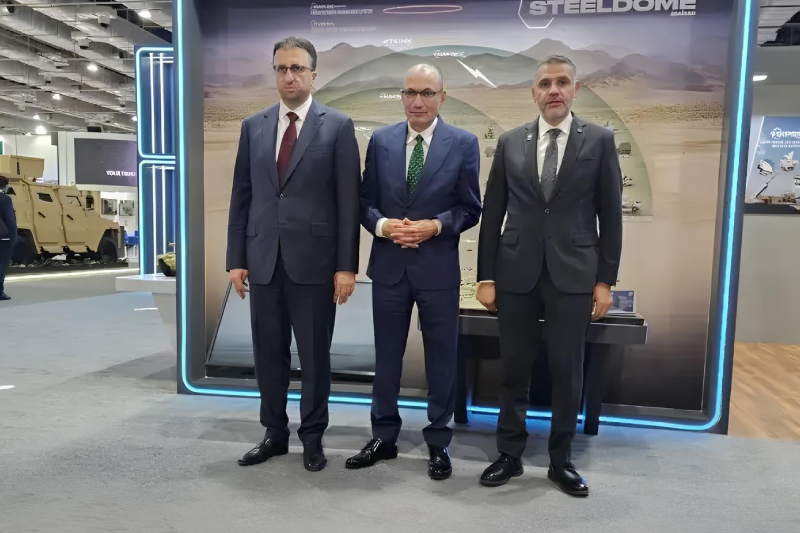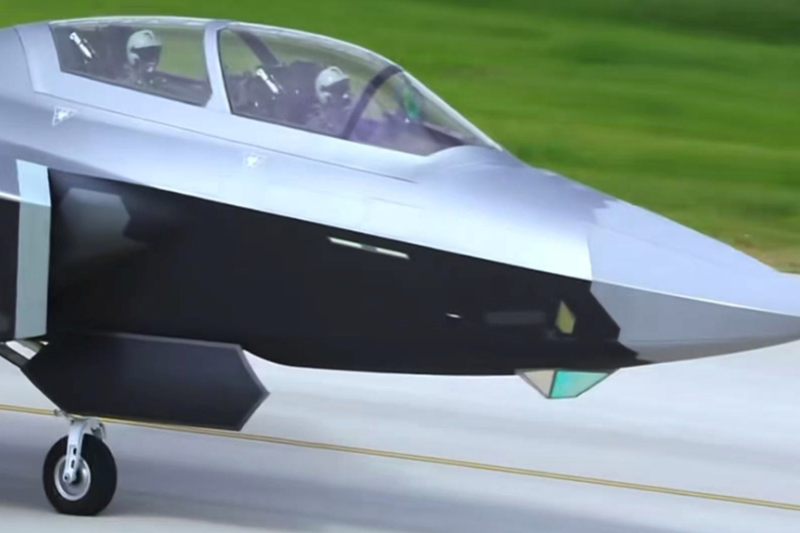China Unveils Two-Seat J-20S Stealth Fighter at V-Day Military Parade
China’s J-20S fighter jet made its historic debut at the V-Day military parade, marking a revolutionary milestone in aviation technology as the world’s first two-seat fifth-generation fighter aircraft. The J-20S fighter jet represents a groundbreaking advancement in modern air combat capabilities, showcasing China’s innovative approach to next-generation military aviation and establishing new standards for fighter aircraft design worldwide.
Historic V-Day Military Parade Debut
The spectacular V-Day military parade commemorating the 80th anniversary of victory in the Chinese People’s War of Resistance Against Japanese Aggression featured an impressive fighter jet formation including the J-16D, J-20, J-35A, J-20S, and J-20A aircraft. This momentous display demonstrated China’s comprehensive air power capabilities and highlighted the technological sophistication of its modern fighter fleet.
The J-20S’s parade appearance represents more than a ceremonial showcase it signals China’s entrance into an exclusive category of advanced military aviation technology that no other nation has yet achieved with fifth-generation fighter aircraft.
Revolutionary Two-Seat Configuration
Unlike traditional two-seat fighter aircraft where the additional pilot serves training or weapons operation functions, the J-20S introduces an entirely new operational paradigm. Military expert Zhang Xuefeng emphasizes that the second pilot functions as a mission commander, comparable to a strategic playmaker who can both execute individual combat tasks and coordinate entire warplane formations during complex battle scenarios.
This innovative design philosophy transforms the J-20S from a conventional fighter aircraft into a sophisticated command and control platform capable of orchestrating multi-aircraft operations with unprecedented coordination and tactical flexibility.
Advanced Loyal Wingman Integration
The J-20S’s most significant capability lies in its potential to command unmanned loyal wingman aircraft, representing the future of air combat operations. The second pilot can simultaneously control multiple drone aircraft while the primary pilot focuses on flight operations and direct combat engagement.
This manned-unmanned cooperative warfare capability positions China at the forefront of integrated air combat systems, where human decision-making combines with autonomous aircraft capabilities to create superior tactical advantages over conventional single-pilot fighter operations.
Fifth to 5.5 Generation Technology Leap
Military affairs expert Fu Qianshao suggests that the J-20S’s loyal wingman command capabilities could classify it as the world’s first 5.5-generation fighter aircraft, representing an evolutionary step beyond traditional fifth-generation specifications. This classification acknowledges the aircraft’s integration of artificial intelligence coordination, advanced sensor networks, and multi-platform command capabilities.
The 5.5-generation designation reflects the J-20S’s ability to bridge current fifth-generation technology with emerging sixth-generation concepts, particularly in areas of network-centric warfare and autonomous systems integration.
J-20A Enhanced Performance Upgrades
Alongside the J-20S debut, the upgraded J-20A variant demonstrated significant technological improvements over the original J-20 design. Observable modifications to the rear cockpit area indicate aerodynamic refinements designed to reduce air resistance and enhance supersonic flight efficiency.
These structural modifications reflect China’s continuous advancement in understanding modern air combat requirements and demonstrate ongoing commitment to fighter aircraft performance optimization through iterative design improvements.
Expanded Equipment Integration Capabilities
The J-20A features enlarged fuselage sections that create additional space for advanced airborne equipment installation. This design evolution enables integration of more sophisticated sensor systems, electronic warfare capabilities, and weapons platforms that enhance overall combat effectiveness.
Increased equipment capacity allows for comprehensive subsystem upgrades that improve the aircraft’s situational awareness, target acquisition, and engagement capabilities across multiple combat scenarios.
Strategic Mission Command Capabilities
The J-20S’s dual-pilot configuration enables complex mission coordination that extends far beyond traditional fighter aircraft roles. The mission commander pilot can oversee tactical operations, coordinate with ground control centers, and direct supporting aircraft while maintaining combat readiness.
This command capability transforms individual fighter aircraft into mobile command posts capable of directing air battle operations with real-time tactical adjustments based on evolving combat situations.
Global Military Aviation Impact
China’s achievement in developing the world’s first two-seat fifth-generation fighter aircraft establishes new benchmarks for international military aviation development. Other nations must now consider similar dual-pilot configurations to maintain competitive air combat capabilities.
The J-20S’s innovative approach to fighter aircraft design demonstrates China’s ability to identify and address future combat requirements through creative engineering solutions that exceed conventional design limitations.
Technological Innovation Significance
Every J-20 variant appearance at military parades and air shows reveals continuous technological advancement and performance enhancement. This consistent innovation cycle demonstrates China’s commitment to maintaining cutting-edge military aviation capabilities through sustained research and development investment.
The J-20S represents the culmination of years of technological development, incorporating lessons learned from operational experience and adapting to emerging threats in modern air combat environments.
Future Air Combat Evolution
The J-20S’s introduction signals a fundamental shift toward integrated air combat systems where human pilots, autonomous aircraft, and advanced sensor networks operate as coordinated units. This evolution represents the future of air warfare, where technological superiority depends on seamless integration of multiple platforms and systems.
As the cornerstone of China’s airspace security, the J-20 family continues evolving to meet emerging challenges while maintaining technological leadership in fifth-generation fighter aircraft development.
Also read this: China debuts DF-5C nuclear missile at V-Day Parade
National Defense Enhancement
The J-20S’s deployment strengthens China’s comprehensive air defense capabilities while providing advanced training platforms for developing next-generation pilot skills. The aircraft’s sophisticated systems prepare military personnel for future combat scenarios requiring coordination of multiple platforms and technologies.
This strategic capability enhancement ensures China’s continued ability to defend national airspace while projecting power when necessary to protect national interests and regional security.
Keep connected with us at Facebook, Twitter, YouTube, Instagram & TikTok for latest defense happening around the globe.
Discover more from International Defence Analysis
Subscribe to get the latest posts sent to your email.


